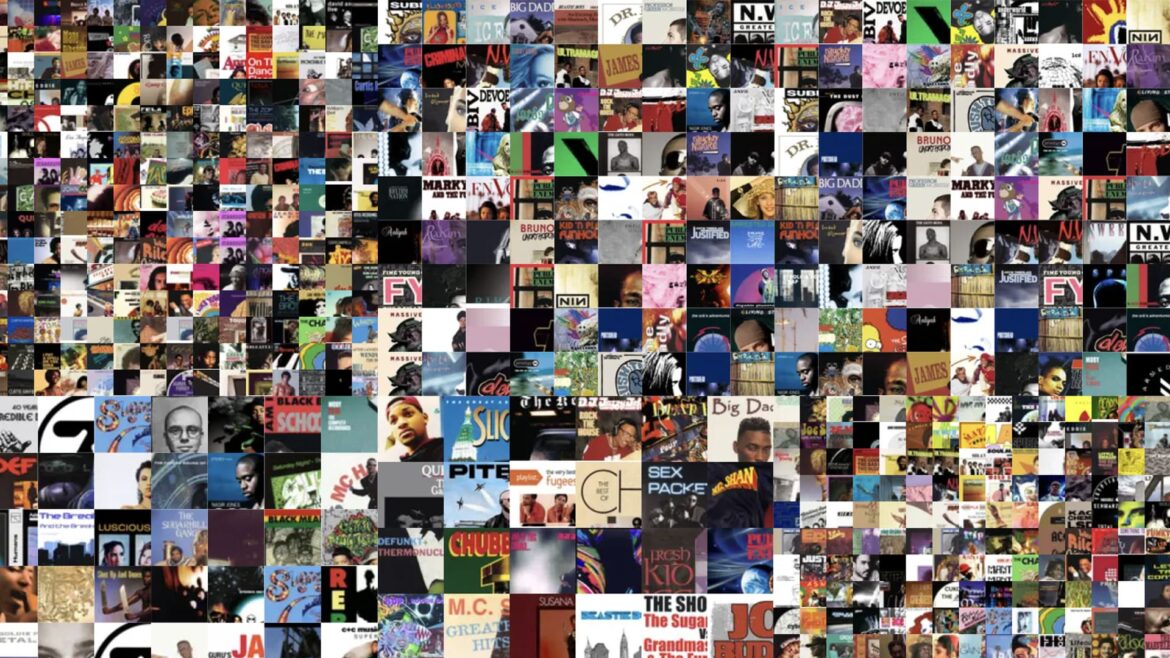Some tracks shaped the world as we know it. Others are hidden in the dust of forgotten vinyl. Together, they hold the keys to music’s past—and future. Sampling came from necessity. In New York City’s South Bronx of the 1970s, where money was tight and instruments were few, DJs and artists turned to the records they had. They found gold in the grooves—drum breaks, basslines, melodies that spoke louder than their surroundings. A culture was born not from stealing but from survival. And with it, a new art form: hip-hop. One of the earliest pioneers, DJ Grandmaster Flash, would mark his records with crayons to identify the perfect “breaks”—those magical seconds of rhythm that could keep a crowd moving. This technique gave birth to breakbeat DJing, a cornerstone of hip-hop’s rise. Around the same time, producers like Rick Rubin championed the drumbeat as the heartbeat of rap. He often referenced foundational tracks like Run-D.M.C.’s “Sucker M.C.’s”—a minimalist masterpiece that stripped music to its raw essentials and made the beat the star of the show. At its core, sampling is rebellion. It’s a way of taking what exists and flipping it into something fresh. A bassline from CHIC, a drum break […]
Read MoreRockstar Games has redefined the gaming landscape with titles like Grand Theft Auto III and Red Dead Redemption. By pushing the boundaries of game mechanics, storytelling, and freedom, Rockstar has cemented its place as a cultural and creative force.
Read MoreMax Headroom, the digital ghost of the 1980s, remains a cultural icon whose critique of media and technology resonates even more today. As a prophetic symbol of the digital age, Max embodies the subversive spirit that RIOT brings to every creative project, pushing the boundaries of storytelling and visual design.
Read More



